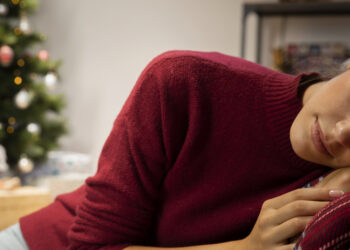Fungal acne looks very similar to normal acne but requires very different treatment. Here’s how you can identify if you have fungal acne.
Though fungal acne looks just like other types of acne, it is “fairly rare,” according to Dr. Mallory Abate, a board-certified dermatologist at the Dermatology Clinic in Baton Rouge, Louisiana, BusinessInsider reported. “To the untrained eye, it can be very difficult to pick up the difference.”
Medically called folliculitis, fungal acne is a skin condition that has been tagged more than 190 million times on TikTok.
Treatment for fungal acne differs from regular acne. Oral antifungals can cause side effects like diarrhea, nausea, vomiting and abdominal pain. So, it is better to be sure of the diagnosis and try other treatments for your acne first, Abate said.
Fungal acne is a misnomer since it is not actually a type of acne. Folliculitis is a hair follicle infection caused by yeast. While yeast is naturally present in the skin, it can sometimes overgrow. When that happens, the hair follicles become inflamed and feature acne-like red, pus-filled bumps. The infection can spread and turn into crusty sores, according to Mayo Clinic.
There are a few telltale signs that help differentiate between fungal and normal acne.
For one, regular acne is more varied with blackheads, larger lesions and cysts. Folliculitis bumps are mostly “monomorphic” and look the same overall.
Perhaps the biggest differentiator is itchiness. Folliculitis is very itchy compared to normal acne.
“Usually, we make the diagnosis when the pimples do not improve using traditional acne treatments but do resolve using antifungal therapies,” Dr. Joshua Zeichner, an associate professor of dermatology at the Mount Sinai Hospital in New York City, told Insider.
Folliculitis usually manifests in oily parts of the skin since yeast “are lipophilic, meaning that they really like oils and fats,” Abate added.
To counter this, the best way is to keep the skin clean and dry in hot…
Read the full article here







